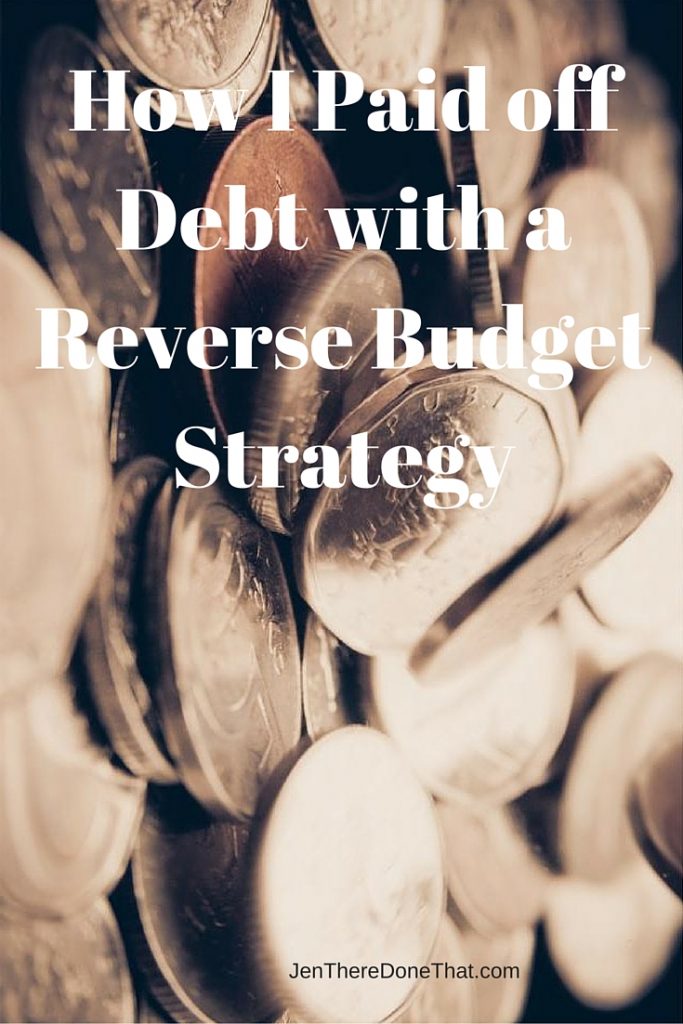We all have enough time and money for something. We just may not have enough time and money for everything. So, we prioritize. I hear people talking about priorities, what is important to them, then I watch spending habits. Often what people say is important is different than what their money is spent on. To me, the best way to understand what is truly important is real spending habits – where someone allocates their time and money.
I have followed a reverse budget for the last 15+ years. Meaning that for my income I start allocating money at the top tier and work my way down the list.
- Taxes, retirement, and savings (regular savings, plus at least $1,000 emergency fund) are taken out first.
- Then I pay mortgage, utilities, car payment, insurance (home and auto), and health insurance (or may be included in paycheck deductions).
- Third is where minimal fuel and food expenses are allocated, no splurges, yet.
- Next are payments for any debt (Dave Ramsey’s Snowball strategy to eliminate debt is effective and easy to follow). This is debt not attached to a mortgage or primary vehicle, such as student loans, medical bills, credit card debt, and other non-secured loans.
- Finally, anything left over is for dinner out, books, movies/tv, electronics, clothes, travel, or whatever else you feel like.
Reverse budgets are a bit trial and error. The actual amounts change over time, unlike a “normal” percentage based budget. In the early “lean” years my savings were minimal, and tier 3 & 5 were tiny. In the last 2 years, I have adjusted to increase savings after lifestyle changes reduced my 2nd tier expenses. I also round-up on (my zero interest) car payment, which I only started doing after all of my debts were paid off in 4th tier expenses.
Angie from ThirtySomethingAngie tackles her household budget by fixed and variable expenses. Read about her strategy here.
Some people need the more structured percent based budget (below). Allocate every dollar until 100% of income has a budget line. The most important rule is to find something that works for you. More good advice from Dave Ramsey on his site.
- 25-35% Housing
- 10-15% Transportation
- 10% or more Savings
- 10-15% Charitable Gifts
- 5-10% Utilities
- 5-15% Food
- 5-10% Medical Health
- 5-10% Debt (should be much higher if this only covers minimum payments)
- 2-7% Clothing
- 5-10% Recreation
Overall, determine what is important enough to spend hard-earned money and make thoughtful decisions. Priorities become obvious, and spending becomes an active decision rather than an agonizing reaction.
Here are some of the ways that I cut expenses and where I spend my money.